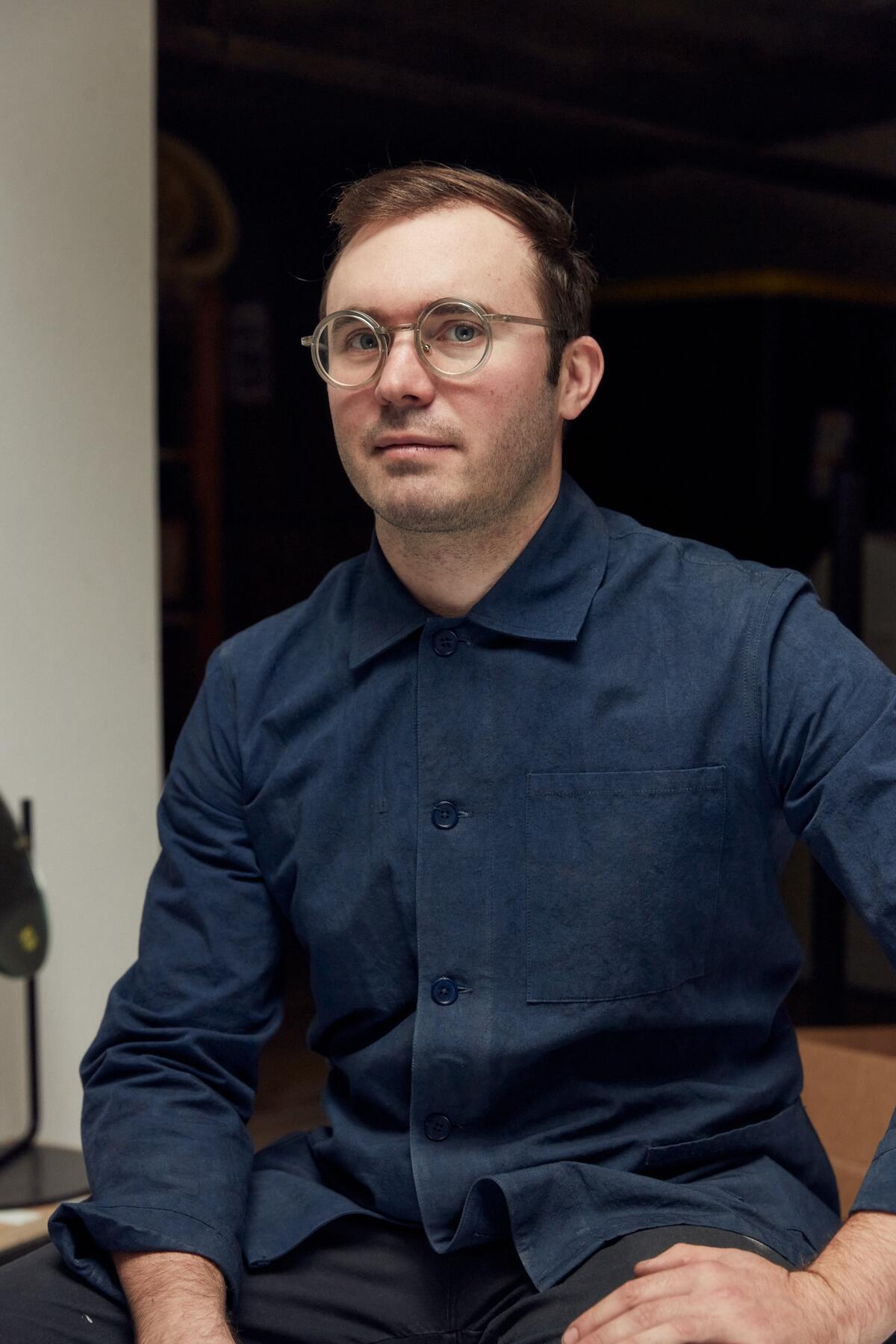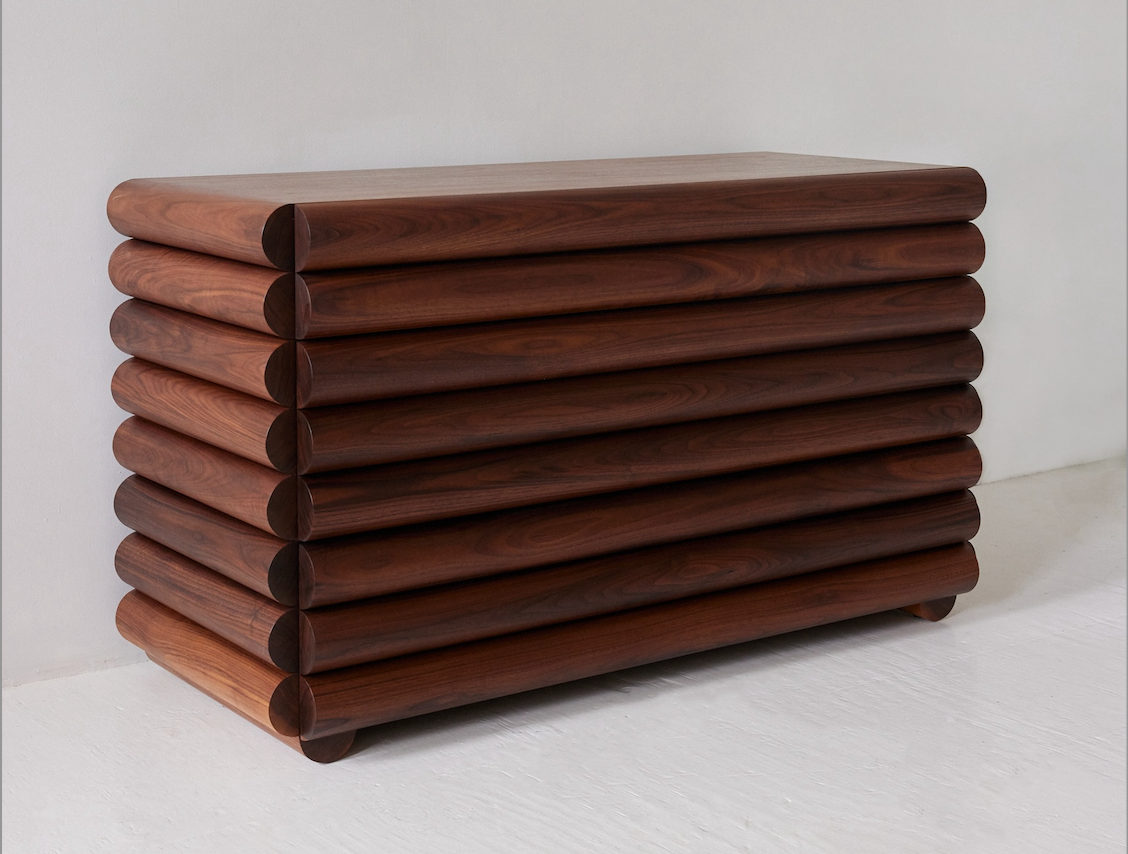While some kids are drawn to Legos, Steven Bukowski was enthralled by the CAD software in his father’s electrical engineering office. Growing up in Western New York, Bukowski was surrounded by a family of fabricators, engineers and craftspeople. Though he originally wanted to pursue architecture, his father, who had firsthand experience working with architects and saw how risky and demanding the field was, urged him not to. The next best thing? Product design. “Furniture is like architecture for the body, just at a different scale,” he tells Business of Home. “That whole process just spoke to me. Rather than work all digitally and then build a model to hopefully build a building later, I liked that there was a rapid prototyping aspect to [industrial design], and there was a tangibility.”

After graduating from the industrial design program at the Cleveland Institute of Art in 2010, he promptly moved to Brooklyn and found a job at a small ceramics studio in nearby Long Island City. While his school program focused on consumer products, Bukowski found the greatest joy in handmade and artistic design. During his time at the ceramics studio, he found a space for himself where he would work nights and weekends making custom-ordered pieces that he sold, which slowly transitioned into founding his own business in 2016.
The artisan finds inspiration through media and books, and he always makes sure his plans are fleshed out completely through sketches and computer designing before he begins crafting them. “Figuring it out is part of the plan as I’m going. I know some people have an idea and they figure it out, and sometimes it’s not executed properly,” says Bukowski. “That for me is a big no-no. I need to feel very confident that it’s going to work in the way that I want it to work.” Some parts of the process are outsourced, like large-scale steel bending and upholstery, but everything else, including woodworking and finishing, is done in-house.

His collections stretch across a broad spectrum of styles. “There’s a timelessness to some of the things I’m designing—they can fit into a wide range of interiors, whether more classical or more modern and contemporary,” says Bukowski. “I think there’s a lot of versatility with what I design. It can reach a broad audience.” His favorite pieces are in the Bubble collection, which literally came to him in a dream. The repeated and chunky scalloped form on the exterior of a cabinet caught his attention in his REM sleep, so he re-created that form in real life. “It’s just a pleasant shape, I think, to look at and to live with,” he says.
He is now developing a capsule collection inspired by the hundreds of quilts his grandmother has made over the last 20 years (and continues to make, well into her 80s). He presented the first design, a mirror, at this year’s ICFF, and the entire line will feature the same dancing square pattern.
Looking back, one of Bukowski’s greatest decisions was going out on his own when he did. “I figured out a few years into working for someone else that I was unemployable in the sense that I get really bored working for other people, because I’m just daydreaming and thinking about what I want to be doing,” he says. “I think just having the freedom to create and have the space to do that and continue doing that is awesome.”
To learn more about Steven Bukowski, check out his website, Instagram or 1stDibs.





























